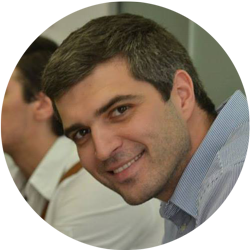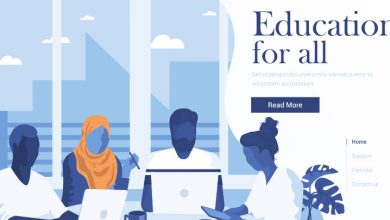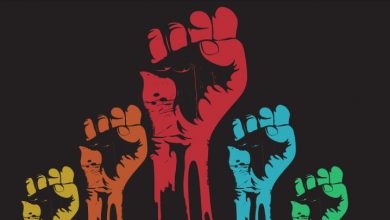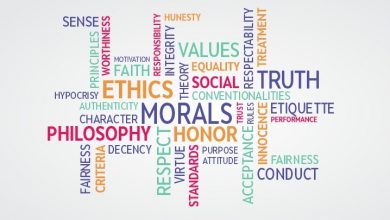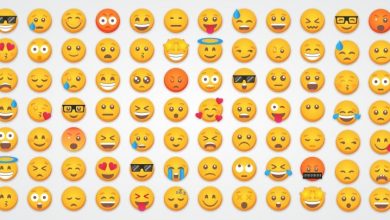Understanding diversity and identity
Many times, human rights are being offended only because people interacting do not understand diversity or personal identity. Especially in the era of globalization that we live in, people encounter different cultures, people with different origins and backgrounds. This tool helps us to discover our own identity, because in order to understand and respect others we need to understand and respect ourselves first.
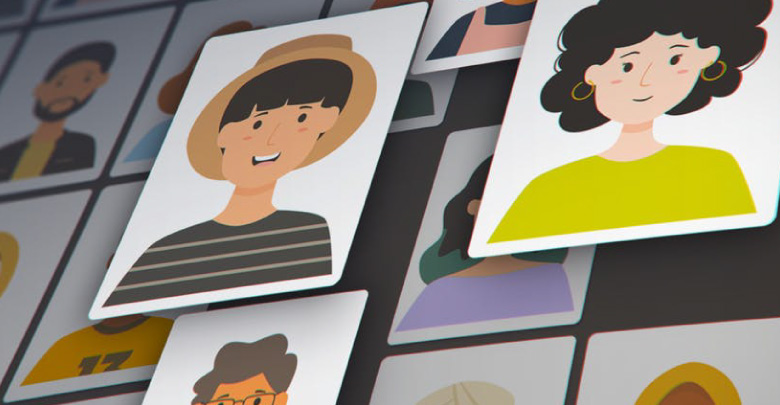
TALKING ABOUT IDENTITY
Start the topic by opening the question of Identity. Who am I? What am I? Identity is like culture, there are many aspects to it, some hidden some visible. One way of looking at this could be to imagine yourself as an onion (even if you don’t like to eat them). Each layer corresponds to a different part of your identity. Draw the onion on a flipchart and ask participants to copy it in their notebooks, or distribute copies to each of them individually.
Ask them the following question: What are the most important things which make up your identity? Write to them next to the numbers 1 -5, with number 1 being the most important to you.
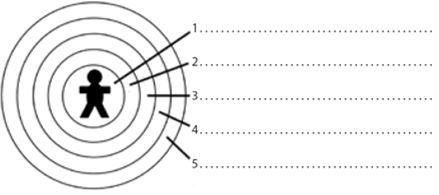
Some of these will be related to:
- the roles you play in life: a daughter, a friend, a school student, a baker, a banker;
- the parts of your identity you may be able to choose: a fan of a certain type of music, member of a political party, style of clothes;
- where you were born, where you now live;
- belonging to a minority or not;
- your gender and your sexuality;
- your religion
and, perhaps strangely,
- what you are not or don’t want to be: not a woman, not a socialist, not French, not an alcoholic.
If the trainer is organizing an activity, within this topic he/she can offer the ice-breaker “Dominoes”
Aims
- To encourage physical contact
- To help people to get to know each other
- To raise awareness that in a group there are differences between individuals as well as things which are held in common.
Time: 10 minutes
Group size: Any
Preparation
- No special materials
- A list of possible features to suggest if the players can’t think of any themselves
- A large space
Instructions
- Ask one person in the group to start by thinking of two personal characteristics which they then announce to the group, such as: “On my left side I am a girl, on my right side I have two brothers”
- Then call for someone else in the group who shares one of those characteristics to hold the first person’s right or left hand (according to the characteristics they have in common) and then add a characteristic of their own on the free side. For example: “On my right, I am a girl, on my left I have brown eyes.”
- Get all the members of the group to take a turn so that in the end you have a circle in which everybody is linked to everybody else.
- If a stated characteristic is not shared by someone else in the group and the domino can not be matched ask players to negotiate another feature so that the chain is continued.
Tips for the facilitator
The characteristics given above are only examples, any person can choose or start with any feature they like, whether it is visible or not.
The members of the group must establish physical contact, this encourages a stronger group feeling. The way the contact is made can be to touch heads, to put arms around each other, to put feet together, etc. Players can stand up or lie down.
If the suggested characteristics tend to be repetitive, you may encourage the participants to come up with new ones. It is also best if the characteristics are not very simple. You could encourage the group to say visible characteristics (color of clothes or hair), invisible or personal ones (hobbies, favorite food, favorite song to sing in the shower…), or others related to a topic (I think …I feel…. about minorities, men, women, Roma people (Gypsies and travelers), Jews, etc.).
This game must be played quickly so people don’t get bored while they are waiting to match up.
Creating a circle reinforces the group’s feelings. One can, however, imagine other forms of playing it.
If the activity is used at the beginning of a session or as an icebreaker we suggest that you join in and take the opportunity to participate fully with the group. This can help to breakdown barriers.
Suggestions for follow up
Dominoes have shown you that there’s a lot more to people than what first meets the eye. Nonetheless, when we do first meet people we often make judgements about them based on what we can see. Alternatively, the group may like to do the ‘First impressions’ activity, which involves giving a snap judgment about people based on their appearance. It is interesting to see how varied different people’s ‘first impressions’ can be and where their associations come from!
Why did I choose this tool?
This is a good exercise for learners to get to know each other and explore both their differences and what they have in common. At the same time, they realize that everyone is different and individual. Some may share certain similarities such as interests, origin, physical characteristics, but no one is the same as another.
Reflection question
Relating to the exercise you can reflect and share on these questions:
- How their story has been misunderstood by others?
- How they have misunderstood others’ stories?
- Share something of their story that others do not know.
- How they can go about avoiding single stories about others.
Exercise:
The movie clip by Chimamanda Adichie who is a Nigerian Novelist giving a talk on TED.com called ‘The danger of the single story” is a good exercise with learners on the topic of diversity, stereotypes and prejudices. It is a beautiful 15min talk on stereotypes and the impact of having single stories about people and places. Then you can share in small groups. The talk is easily downloaded from www.TED.com
Diversity: the art of thinking independently together. -Malcolm Forbes
Society is unity in diversity. – George Herbert Mead
Strength lies in differences, not in similarities. – Stephen R. Covey
We are all different, which is great because we are all unique. Without diversity, life would be very boring. – Catherine Pulsifer
